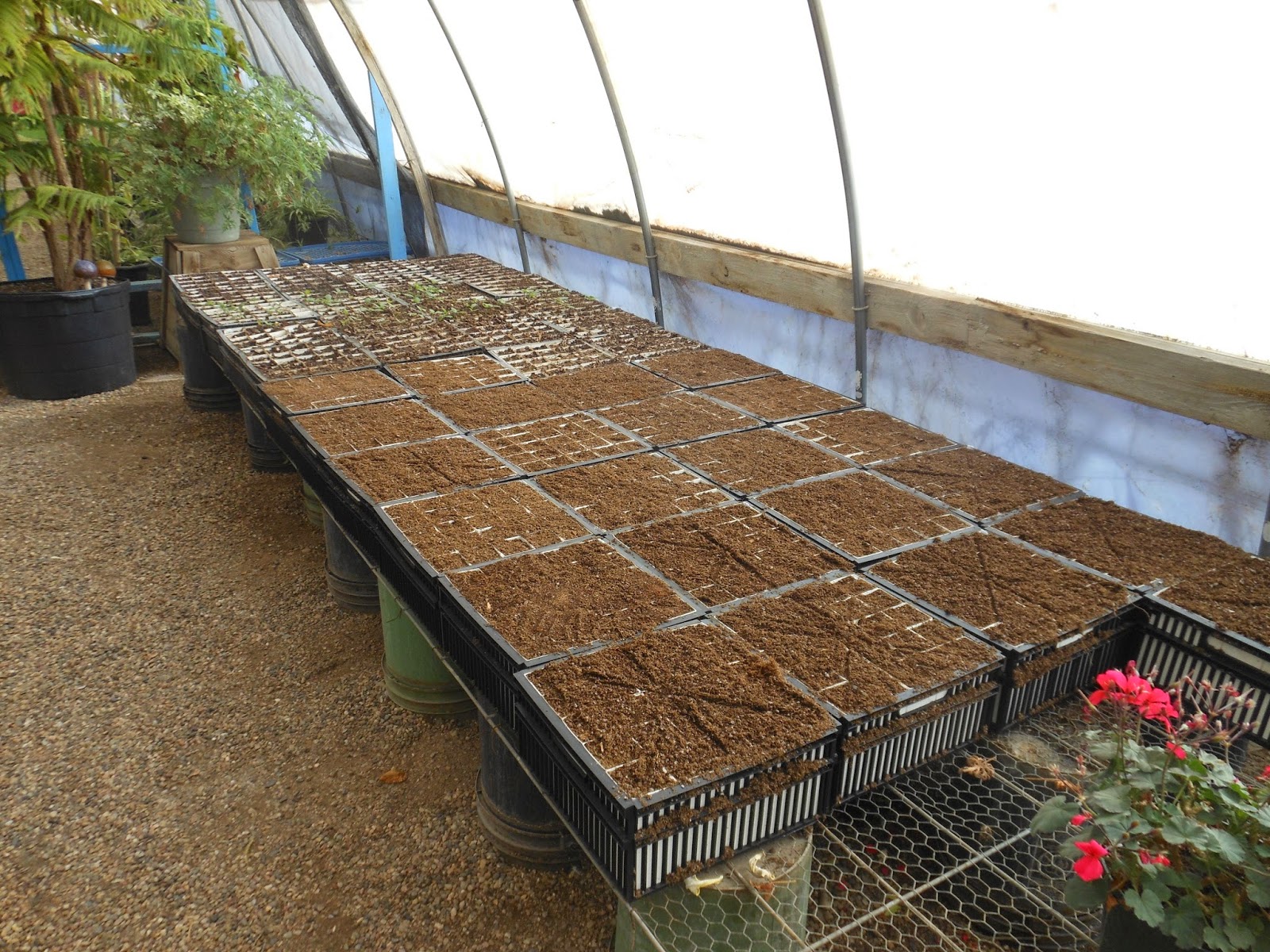The
Valley Oak (Quercus lobata) is native to California and has slow to
moderate growth reaching up to 40′-50′ tall and wide. It’s leaves are similar
to our native Gambel Oak. Leaves display yellow brown fall color. Like most
oaks it has deep roots and it is long-lived. The Valley Oak grows best with regular
water. Trees That Please Nursery propagates the Valley Oak because it does very
well in clay soils and high water table areas.
The
picture below shows how a Valley Oak starts it’s journey at Trees That Please
Nursery. Acorns from locally grown trees were collected and refrigerated until
use. At planting we dust emerging roots with a mycorrhizal inoculant called White
Lightning®.
White
Lightning® contains Glomus intraradices an Arbuscular Mycorrhizae species and 8
species of Ectomycorrhizae. Glomus
intraradices associates with the vast majority of agricultural short
term crops! Ectomycorrhizae associate with many conifers (i.e. hemlocks, firs
and spruce) and hardwoods (i.e. pecans and oaks).
For a complete list
of plants and how mycorrhizae associate with them,
visit the Soil
Secrets web site at:
We inoculate our oaks
with White Lightning® mycorrhizae
because of the many benefits they provide including the following:
Increased crop yields
Improved drought
tolerance
Improved uptake of
mineral nutrients
Improved food
nutrient density
Increased Phosphorus
uptake
Improved tolerance to
environmental stress
For information about
this product visit the Soil Secrets Website at:
After acorns are
inoculated they are placed into flats
containing a well-drained
soil mixture.
Acorns are covered with soils and flats are then grown
in our heated greenhouse until spring.
In the spring, flats are moved to our production facility for further growth and development.
Photos & Narrative
By:
Stephen Sain
Staff Plant
Physiologist
Trees That Please Nursery
Unique Amongst Retail and
Wholesale Nurseries
Serving Albuquerque, Santa
Fe, Los Lunas, and Belen



Comments